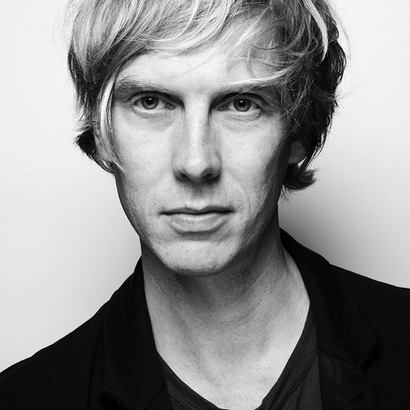Filter Bubbles
The artwork Filter Bubbles deals with the bubbles we all have around us, through which we filter information. Filter bubbles are created both by the algorithms of digital media and by our own backgrounds, prejudices, perceptions, and values.
The term “Filter Bubbles” was coined by American author and activist Eli Pariser in 2011. He described how algorithms choose the information we see online. In the early days of the concept, it was thought that filter bubbles were created almost entirely by social media and related internet algorithms. These algorithms manipulated and created a filter that only allowed certain information through, shaping bias and a narrow perception of the world.
The brain is vulnerable to misinformation
However, subsequent research has found that our mind also plays a huge part in how we interact with the information the algorithms present to us. A filter bubble is created at the intersection of algorithms, knowledge, belief and perception. We humans need knowledge for action, but when we lack knowledge, we feel an urge to solve this through elaborating a belief. Beliefs and knowledge are so similar to our brains that they are essentially indistinguishable. The beliefs that form the filter bubbles around us prevent verification of actual knowledge and feed a cycle of misinformation. Research on data gathering strategies online has shown how technology companies exploit these natural vulnerabilities. To become aware of how our mind filters the world, we therefore have to understand both ourselves and have access to information about how the algorithms try to filter it for us.
"Stand in someone else's shoes and do onto others as you would have them do onto you. Technology has proven that human beings have far more in common than we have differences."
- Maria Ressa, Nobel Peace Prize 2021
Share:



